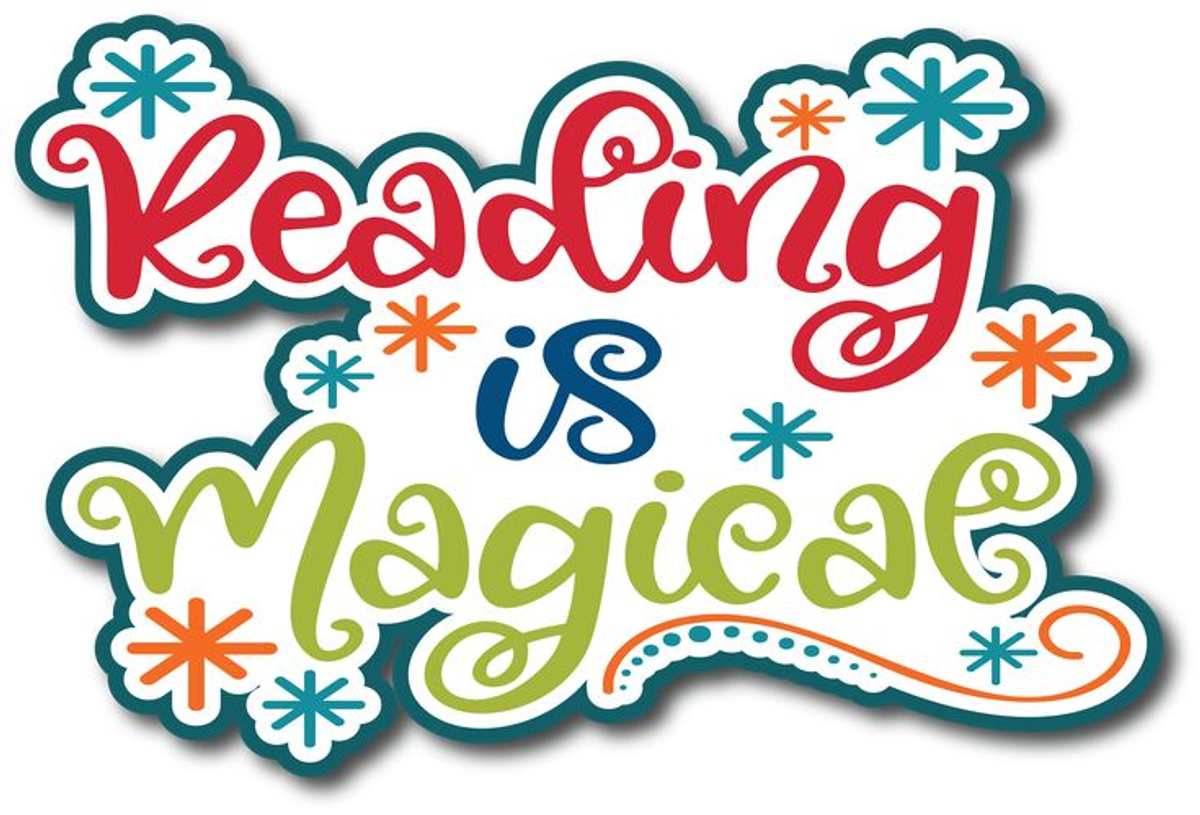English News
Mr Nick Criniti - Coordinator

English News
Mr Nick Criniti - Coordinator
Dear Parents,
Dear Parents,


Reading is an essential skill that continues to grow in importance as students progress through school. In Years 3-6, children benefit greatly from activities that develop comprehension, critical thinking, and a deeper appreciation for reading. To support your child’s literacy journey at home, we’ve put together some engaging and age-appropriate activities designed to strengthen these skills and make reading an enjoyable part of their daily routine.
These activities can be easily incorporated at home and are perfect for sparking conversations, building vocabulary, and improving reading comprehension.
How it works:
Create a “Book Review Bingo” card with different types of reviews or questions, like:
After finishing a book, your child can choose a box to complete, or try to get a “Bingo” across the card. This activity can be shared with family members to spark conversation about books!
Why it works:
Book Review Bingo encourages children to think critically about what they’ve read and express their thoughts creatively.
How it works:
Have your child create a “story map” by drawing or writing about the major events of the book in sequence. They could use a flow chart, timeline, or even illustrate the main points if they enjoy drawing.
Why it works:
Story mapping improves memory recall and sequencing, helping children to remember the main events and understand story structure.


How it works:
Encourage your child to pick a new or challenging word from their reading each day. They can write down the word, look up its definition, create a sentence, and use it in conversation. At the end of the week, test their knowledge by asking them to remember each word’s meaning.
Why it works:
This challenge boosts vocabulary and comprehension while encouraging curiosity about language.
How it works:
Create a list of things for your child to find in their reading, such as:
As they read, they can check off each item on the list. To keep it exciting, update the list each week.
Why it works:
A scavenger hunt encourages close reading and helps children focus on specific details and story elements, enhancing comprehension and engagement.
How it works:
Before starting each chapter, ask your child to predict what they think will happen next. You could even make it a game by giving “prediction points” for correct guesses, and tally them up at the end of the book for a small reward.
Why it works:
Predicting builds critical thinking and anticipatory skills, encouraging your child to engage with the story actively.
How it works:
Start a “Family Book Club” where everyone in the family reads the same book or shares something they’ve read individually. Set a time to come together, share opinions, discuss characters, and talk about favorite parts.
Why it works:
This activity fosters a family culture of reading and provides a platform for children to express their thoughts and opinions, improving comprehension and communication skills.
How it works:
After reading a chapter, ask your child to come up with “What if” questions to explore alternative outcomes. For example, “What if the main character hadn’t met their friend?” or “What if the story were set in a different time?”
Why it works:
This activity develops critical thinking and creative problem-solving, encouraging children to think beyond the text and explore story possibilities.
We hope these activities will make reading an interactive and enjoyable experience at home, fostering a love of books while building essential reading skills. By incorporating these games and discussions, you’re helping your child develop comprehension, vocabulary, and a lifelong appreciation for reading.
Happy Reading!
Warm regards,
Nick Criniti
Coordinator